SGGP
With billions of dollars pumped into afforestation, green hydrogen, carbon capture and mitigation strategies, Saudi Arabia’s green transformation is moving forward across the board.
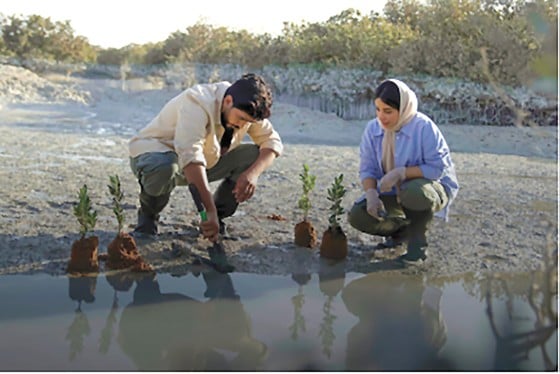 |
| Saudi Arabia is undertaking a huge, bold project to plant 10 billion trees. |
The Saudi Arabia Green Initiative (SGI), the brainchild of Crown Prince Mohammed bin Salman, was announced by Saudi Arabia last November on the sidelines of the COP27 climate conference in Sharm el-Sheikh, Egypt. The SGI’s goals are bold and seemingly impossible: plant 10 billion trees, boost the kingdom’s energy mix to 50% renewables by 2030, cut 278 million tonnes of carbon emissions by the end of the decade, preserve 30% of Saudi Arabia’s land as protected nature reserves, and reach net zero by 2060, according to SCMP.
Not only that, Saudi Arabia has also announced a parallel Middle East Green Initiative (MGI) across the region. MGI aims to plant 50 billion trees across the Middle East, reduce 670 million tons of carbon dioxide across the region, help neighboring countries reach net zero, provide clean cooking fuel to 730 million people, and make Saudi Arabia a regional hub for hydrogen and green carbon capture technology.
Saudi Arabia aims to reduce its dependence on fossil fuel-fired power generation, with plans to bring 58.7 gigawatts of solar and wind projects online over the next seven years. Another area of Saudi investment is green hydrogen, specifically the Neom Green Hydrogen Project – a green hydrogen hub near the future city of Neom that will power cities, transport and industry; and potentially provide energy for export. The all-renewable plants will use solar and wind power to produce green hydrogen through electrolysis, with four such plants already announced. The first, expected to be operational in 2026, will produce 600 tonnes of clean hydrogen per day and 1.2 million tonnes of green ammonia annually.
Perhaps the biggest pillar of Saudi Arabia’s green drive is carbon capture and storage. These technologies include capturing carbon directly from the sky, sequestering carbon deep underground, and reducing CO2 emissions from industry, transportation, and hydrocarbon production. To that end, Saudi Arabia and its oil giant Saudi Aramco announced late last year a carbon capture and sequestration center in Jubail, eastern Saudi Arabia. By capturing and injecting carbon deep underground, the facility will store 9 million tons of CO2 annually by 2027—a figure Aramco expects to increase to 44 million by 2035, the combined capacity of the world’s 35 largest carbon capture facilities.
The kingdom is also planning a carbon reduction utilization center in the Western Province that will link with industry, with the overall goal of reducing carbon by using renewable energy, energy-efficient processes and green hydrogen; reusing hydrocarbons and recycling them into new materials such as fertilizers or synthetic, low-carbon fuels; and then removing the CO2 emitted during the process through direct air capture or sequestration and nature-based solutions such as tree planting.
Source



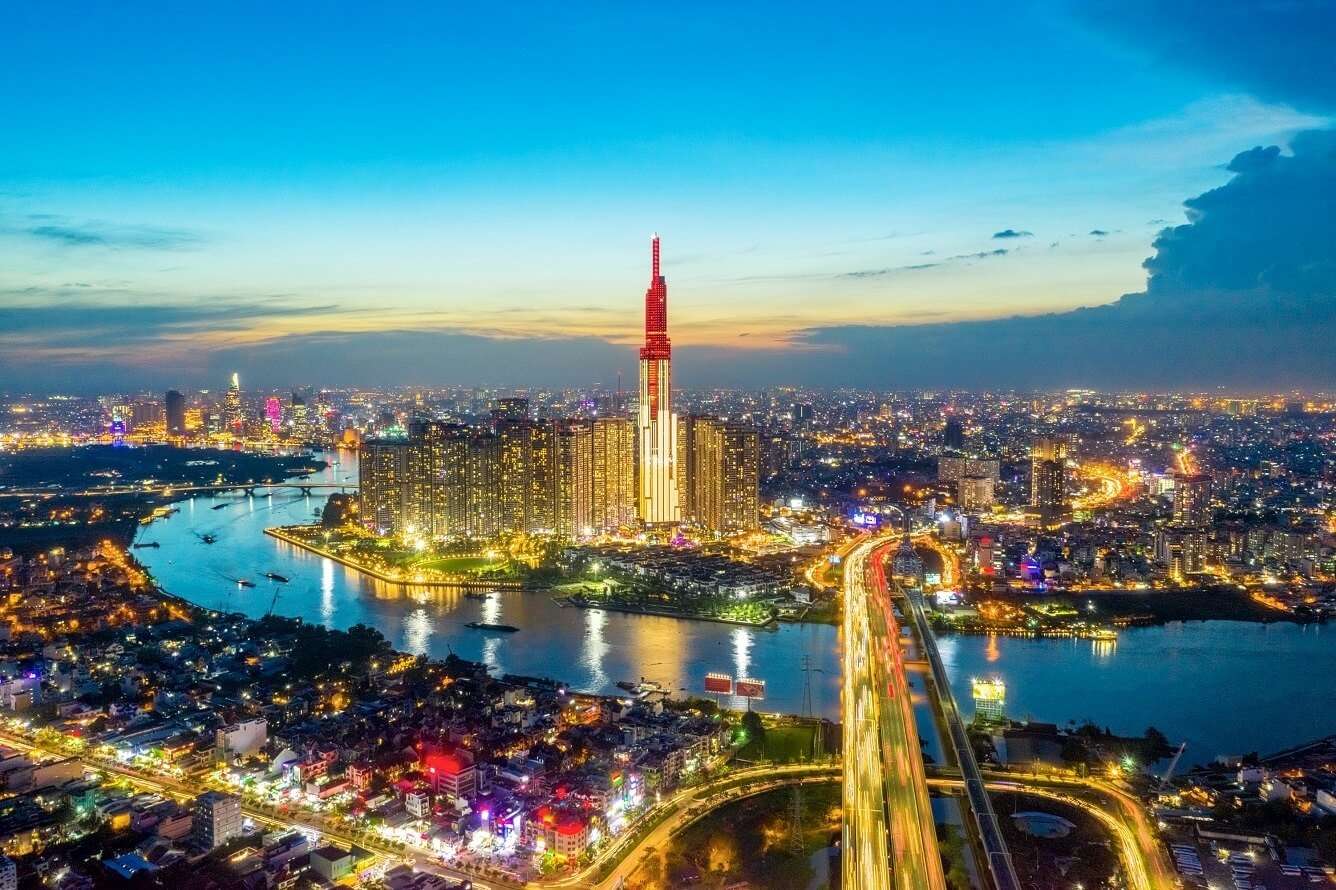
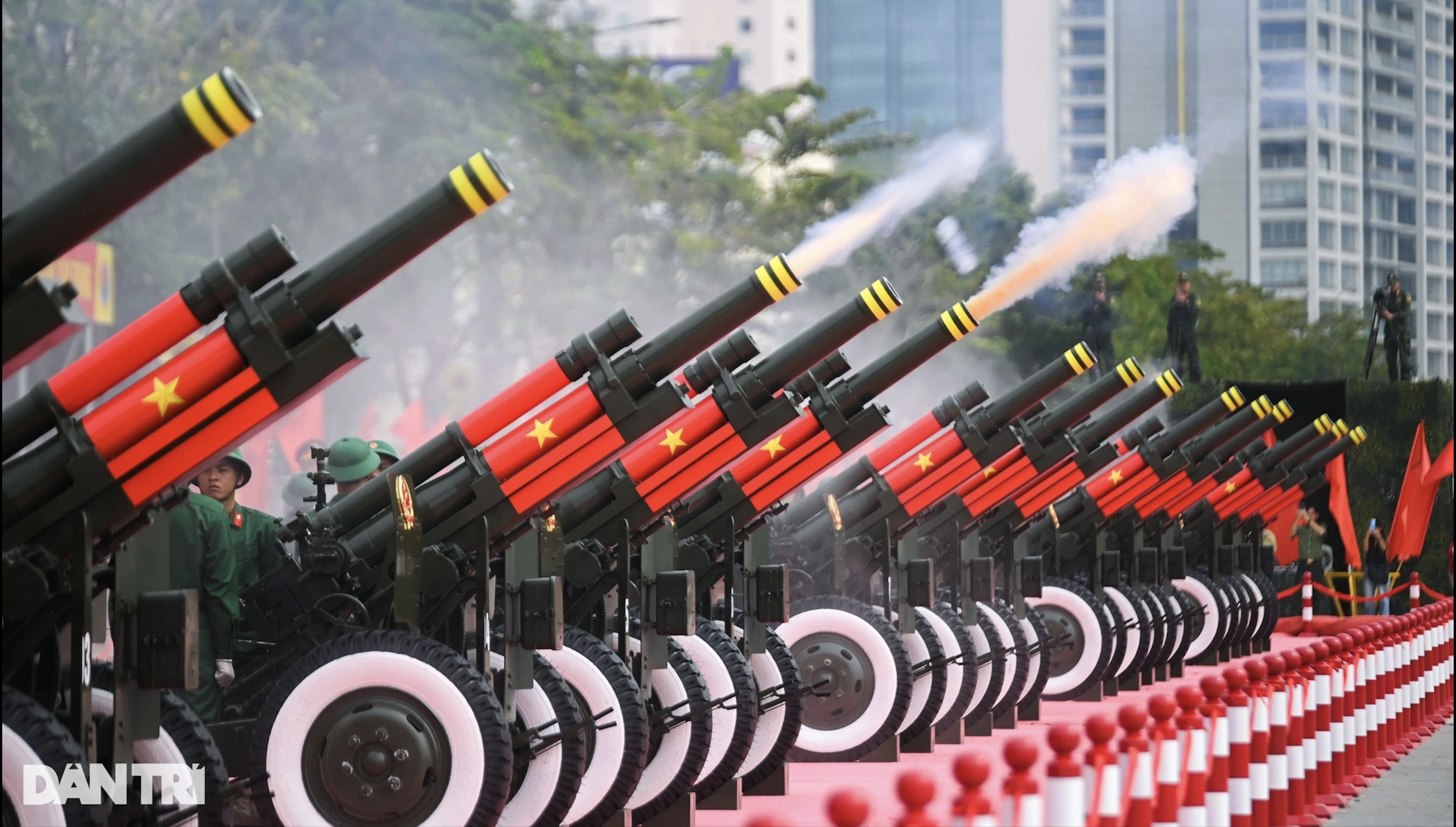

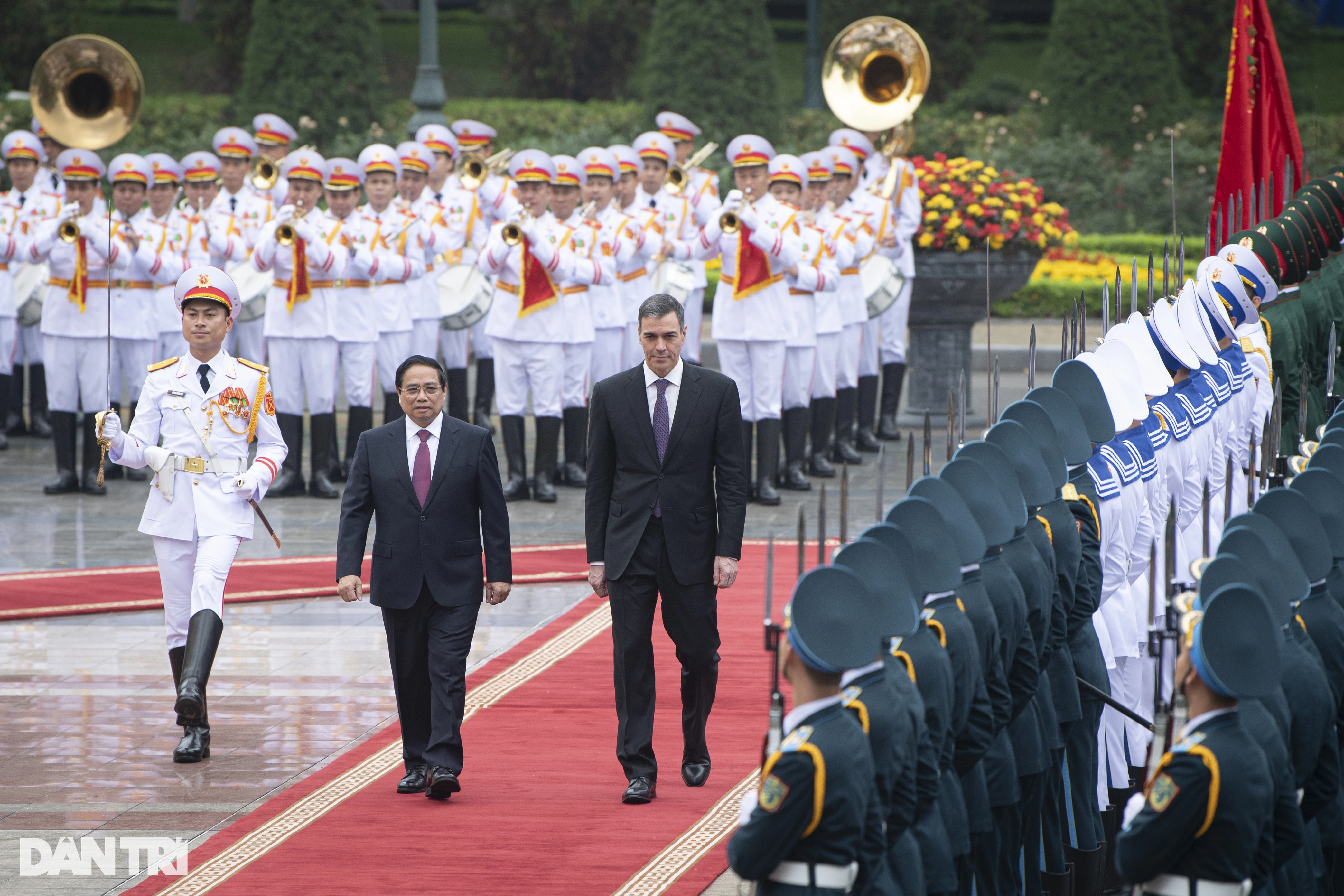
![[Photo] Visiting Cu Chi Tunnels - a heroic underground feat](https://vstatic.vietnam.vn/vietnam/resource/IMAGE/2025/4/8/06cb489403514b878768dd7262daba0b)


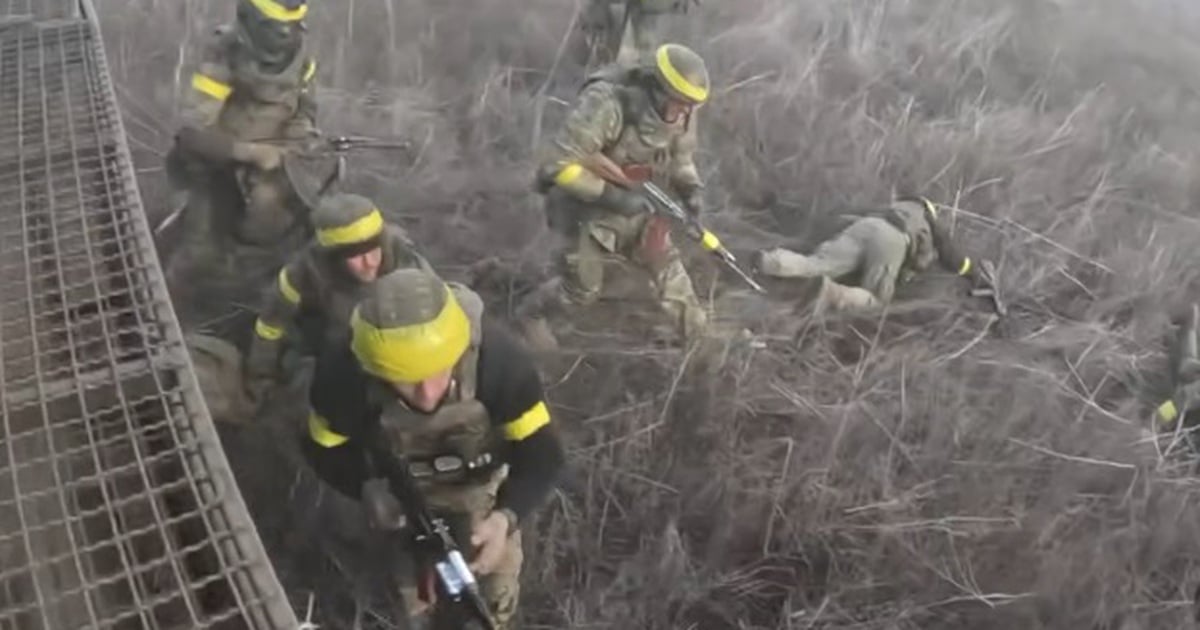

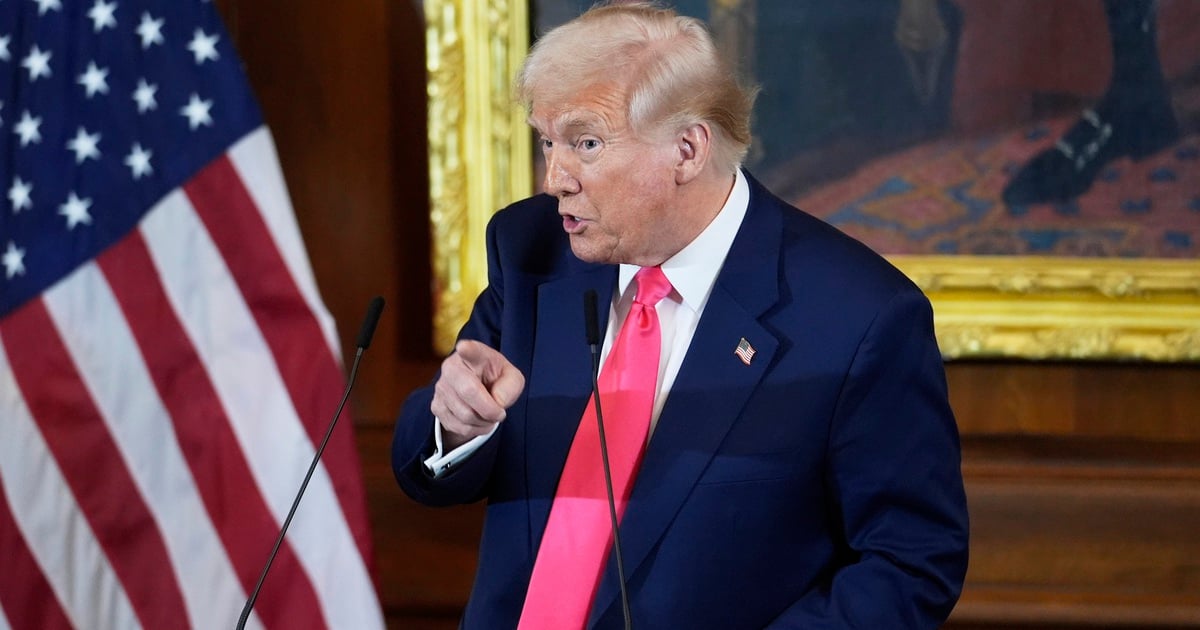
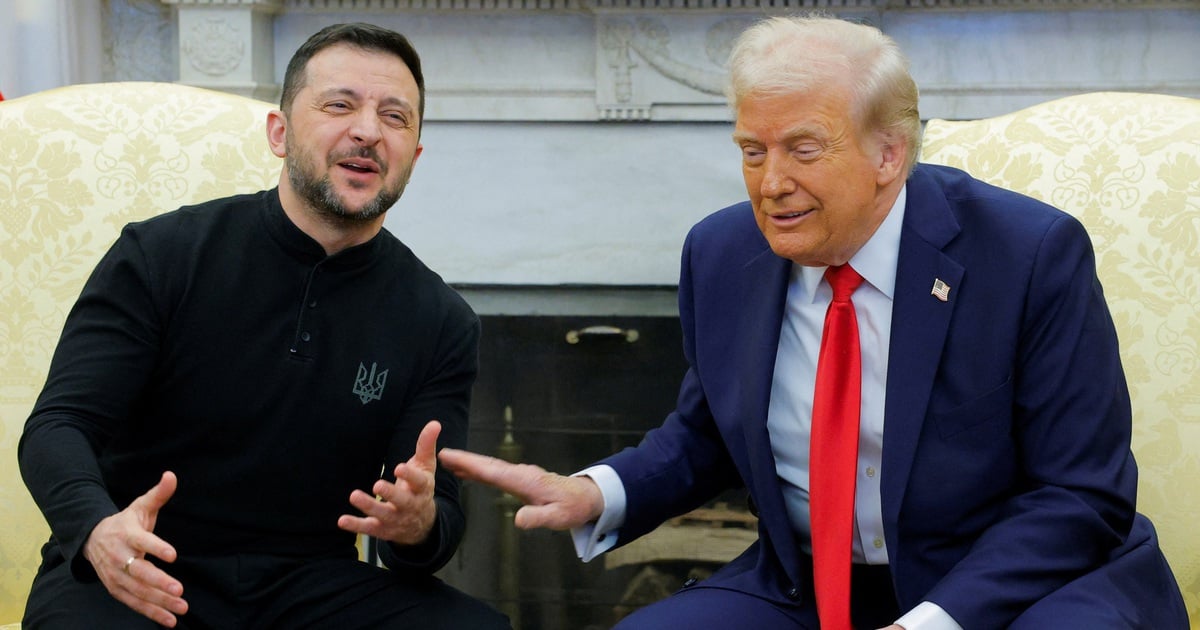


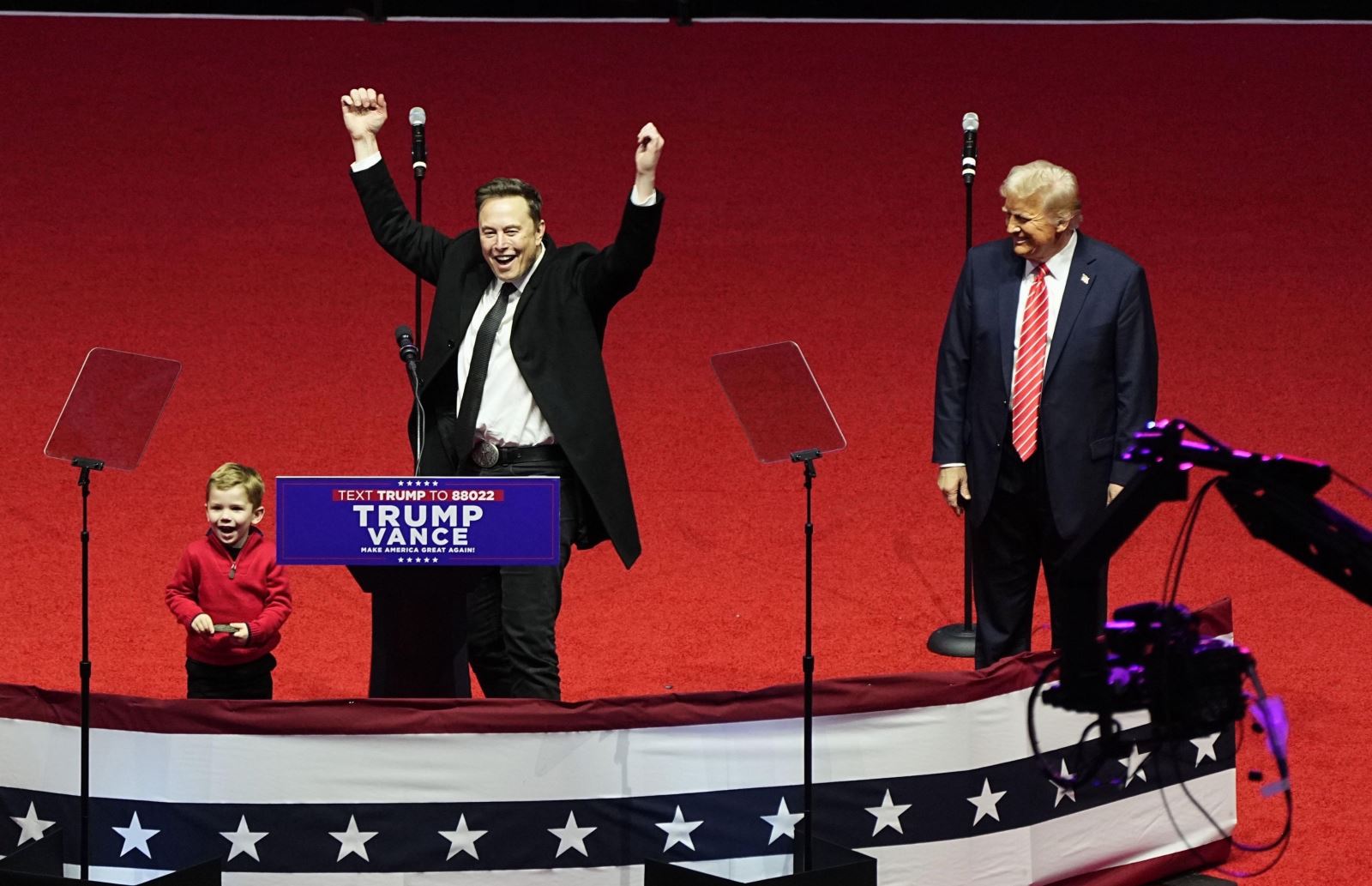
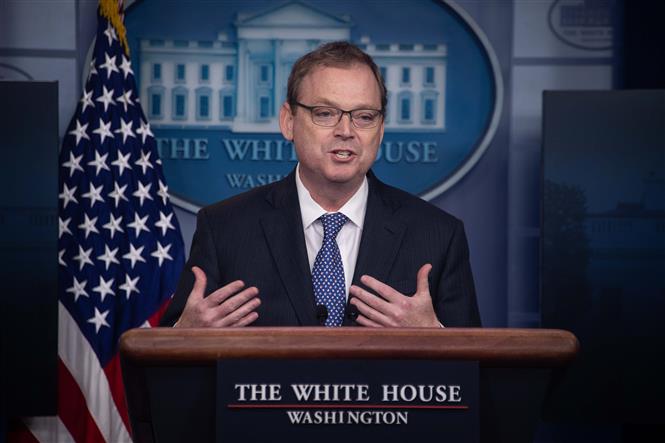
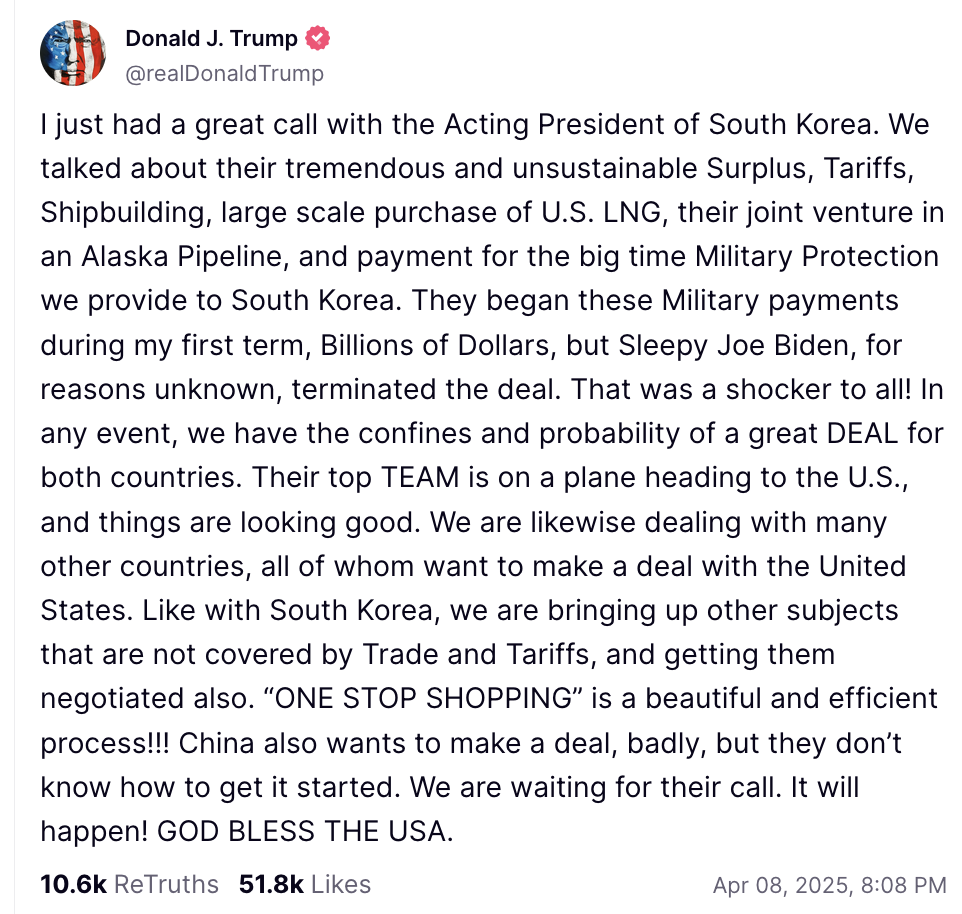
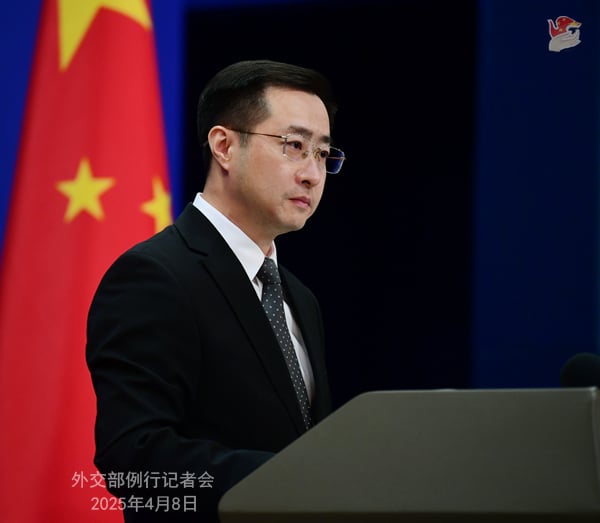
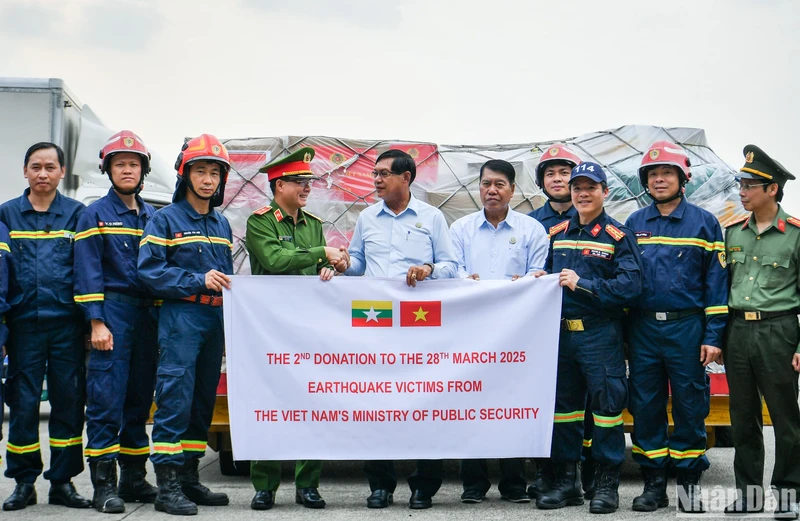
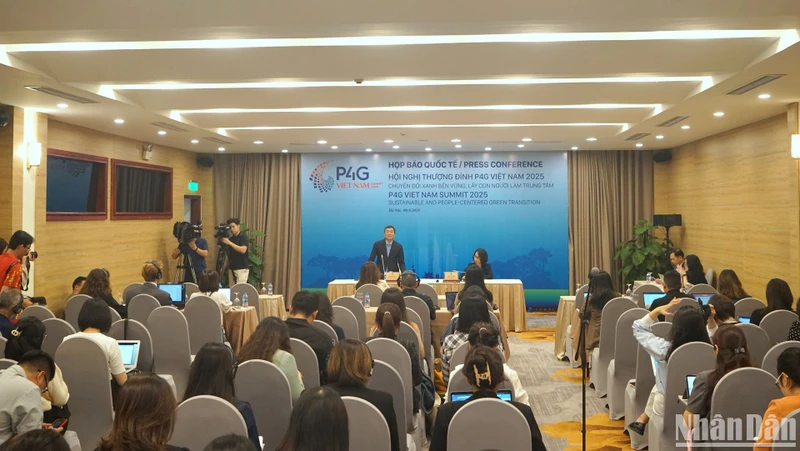

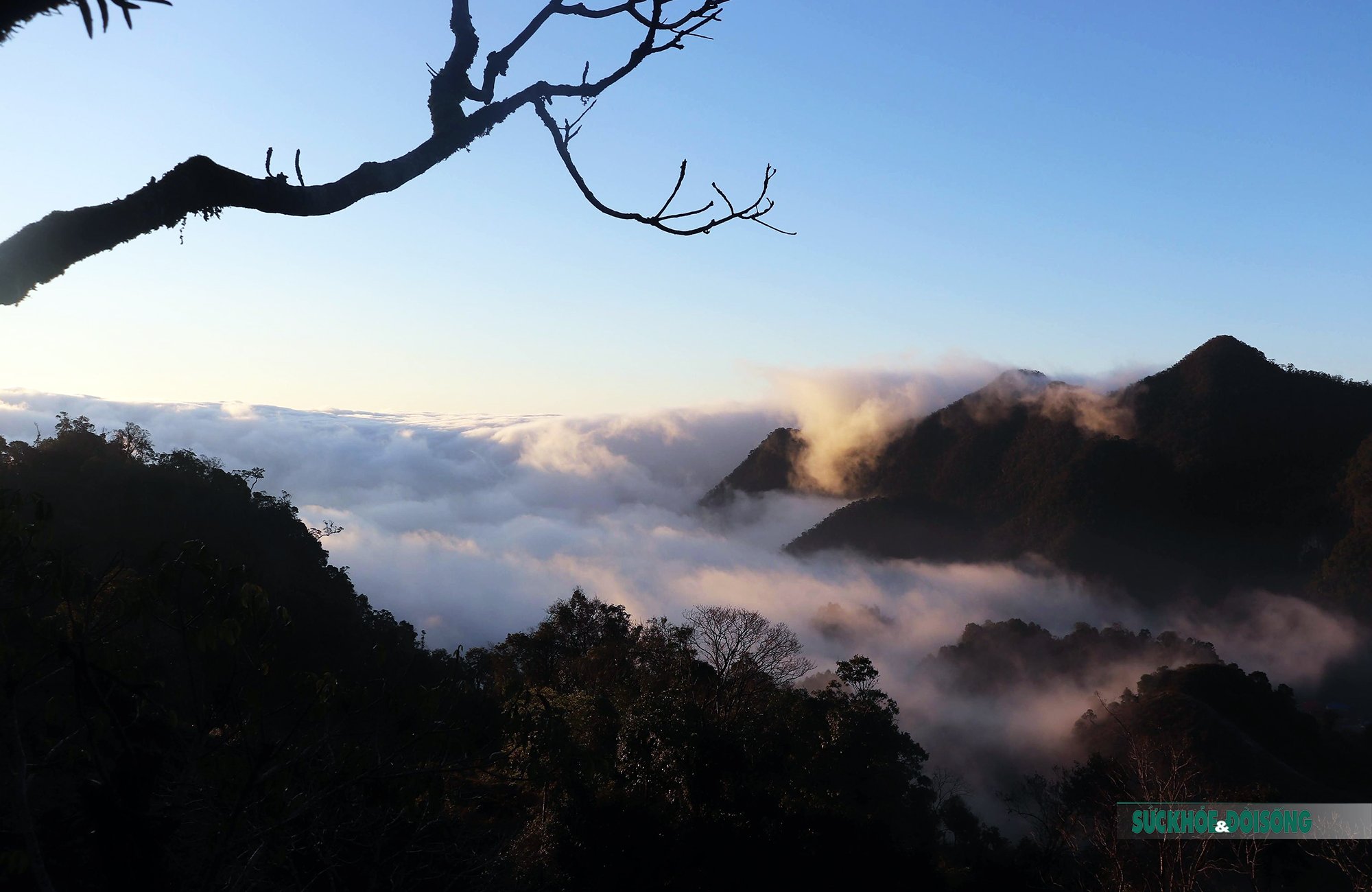

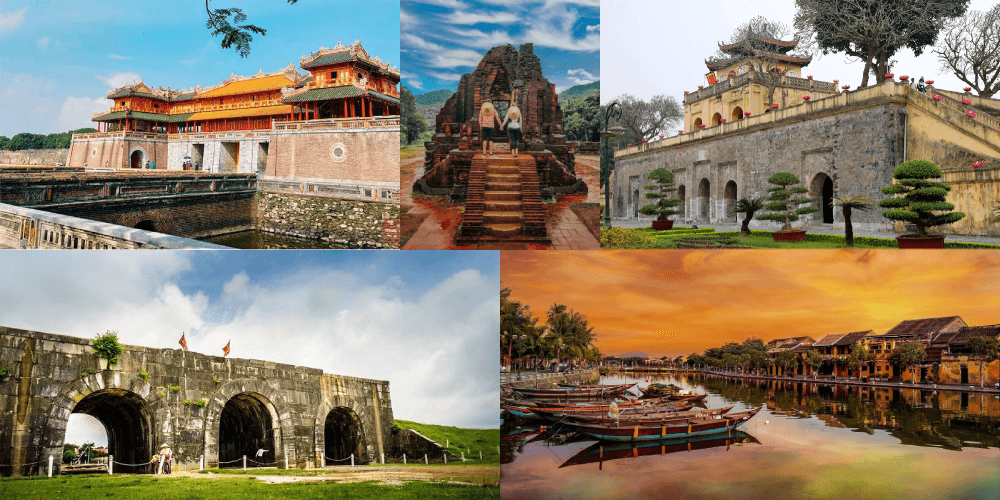
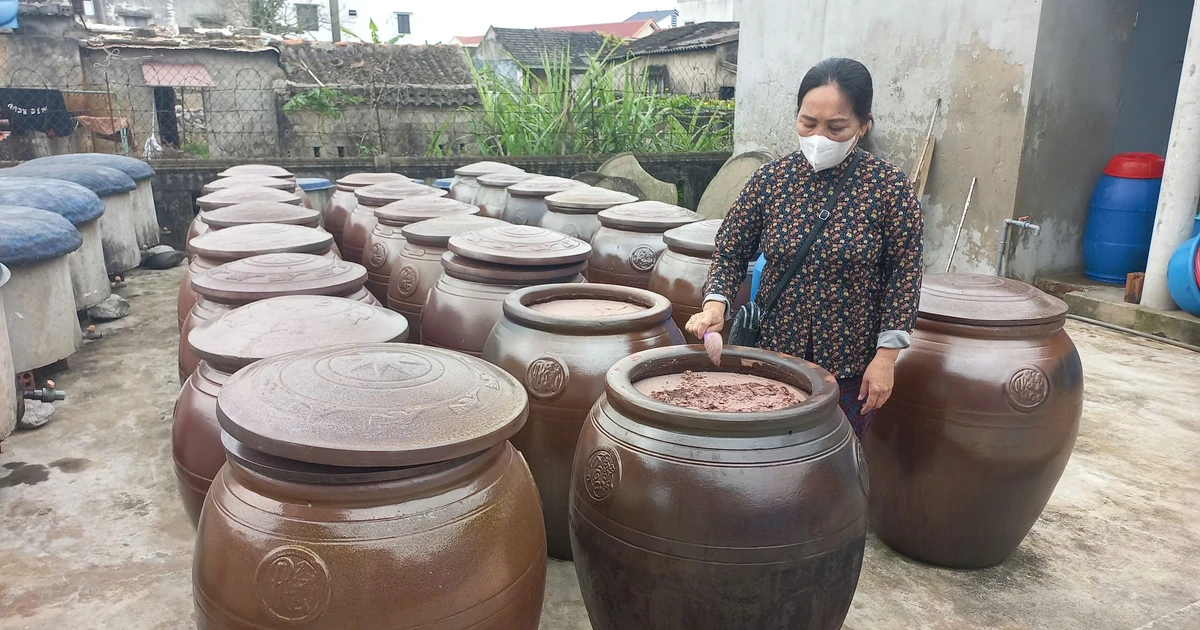

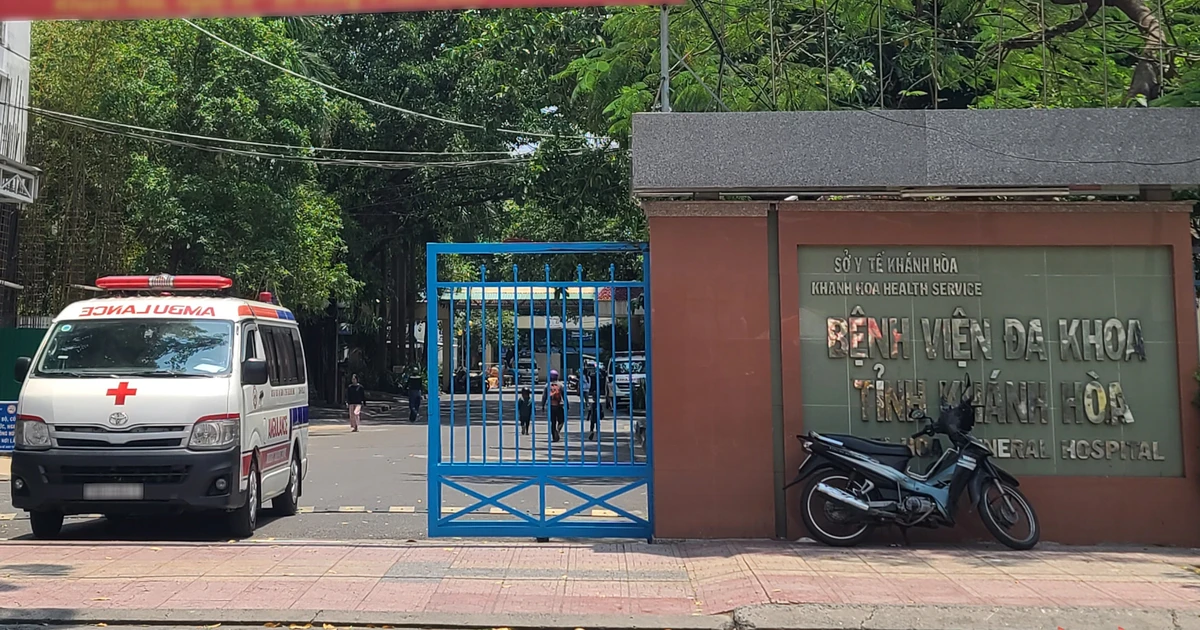

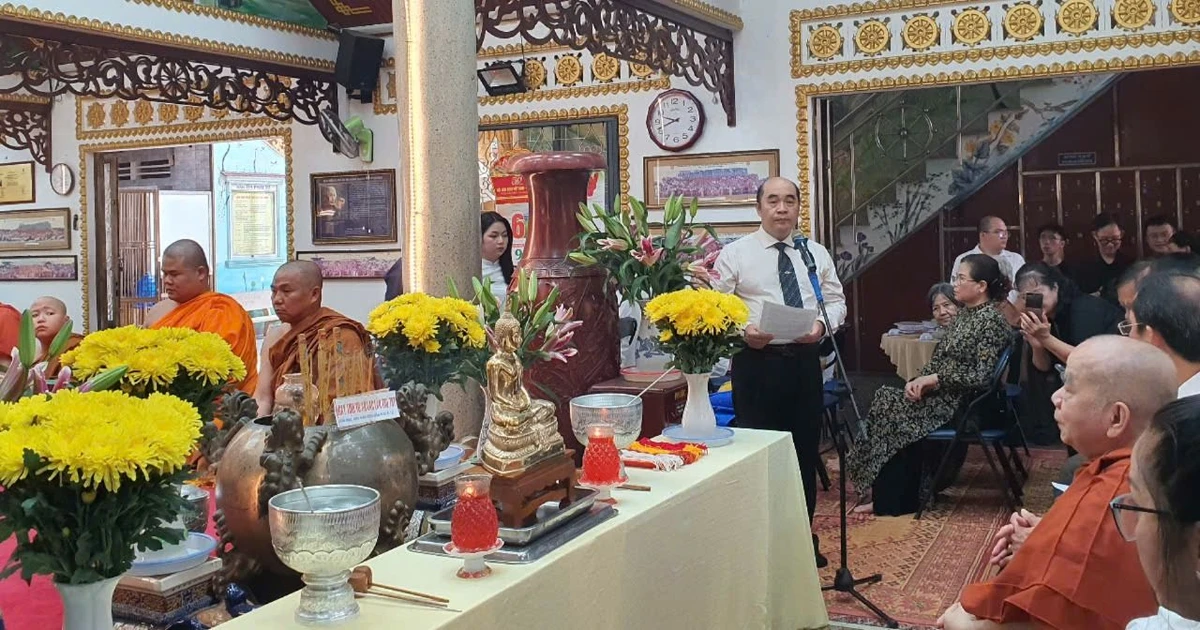

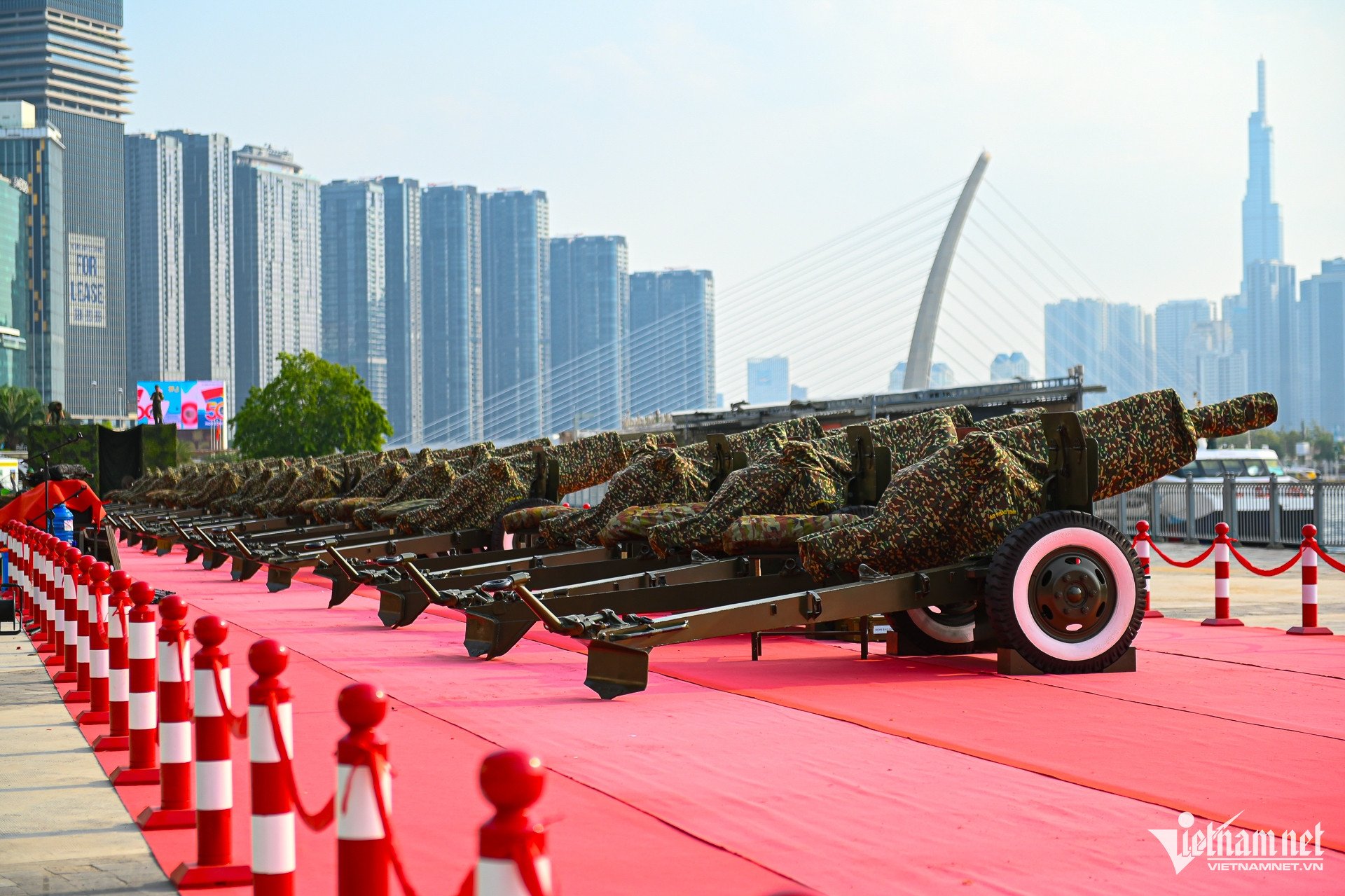
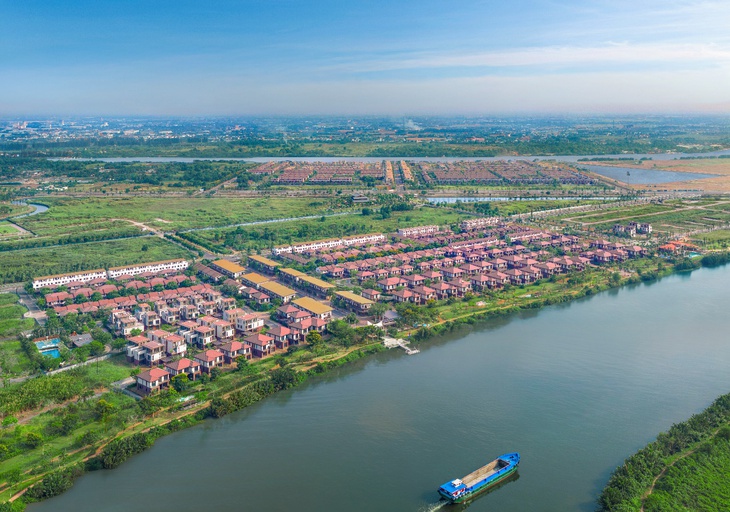



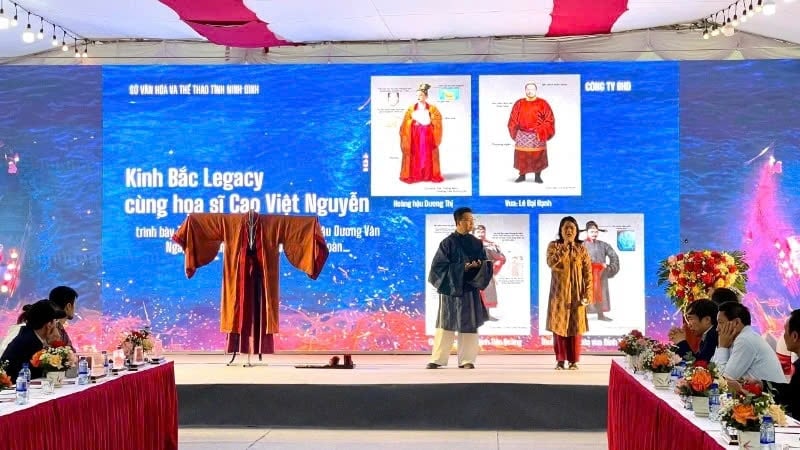

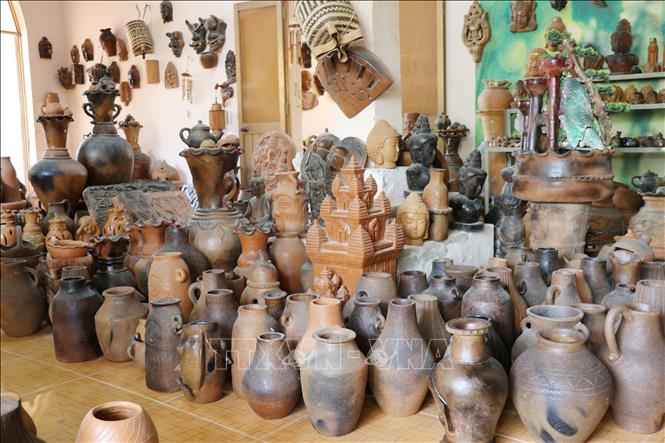




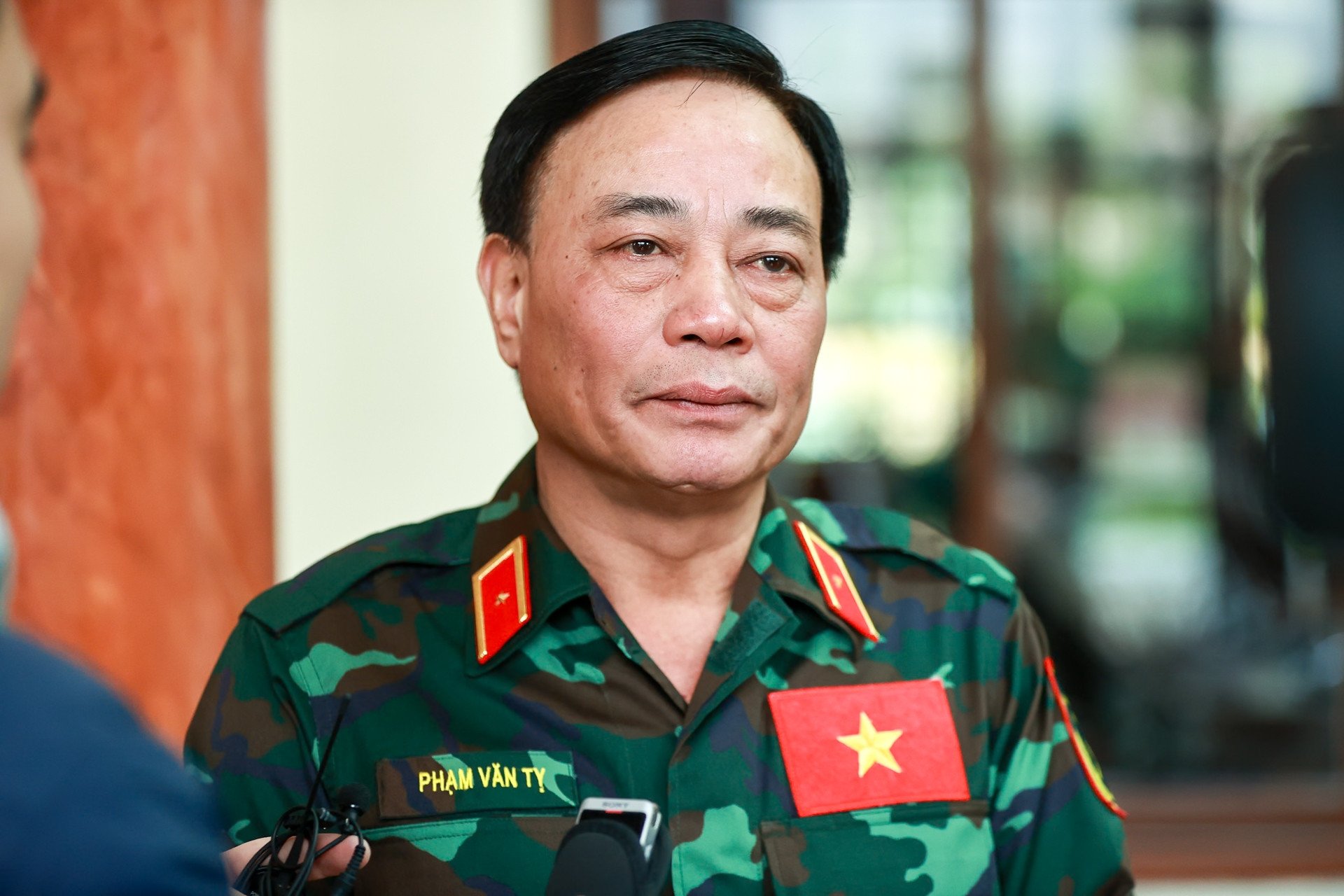








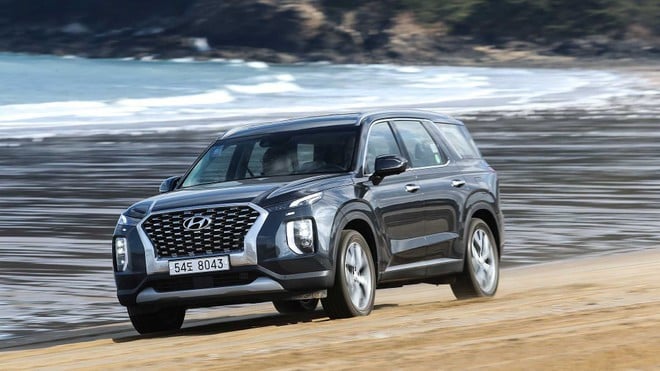





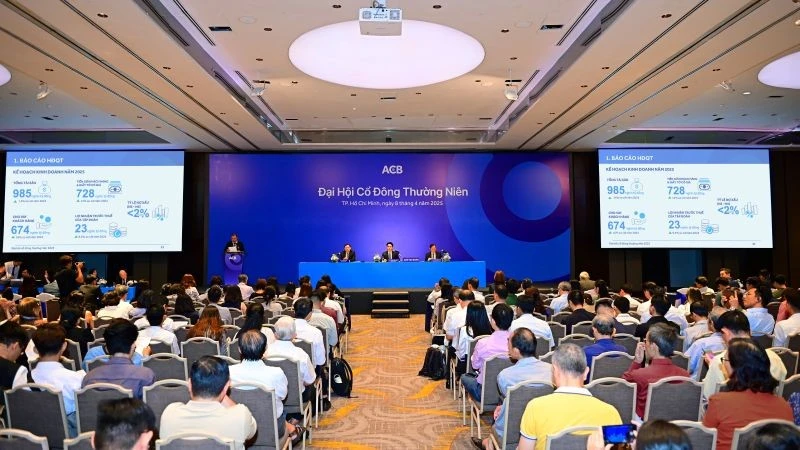
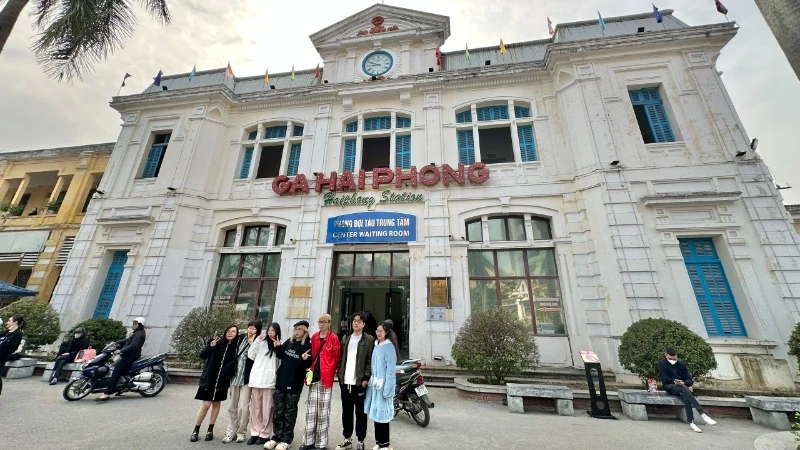
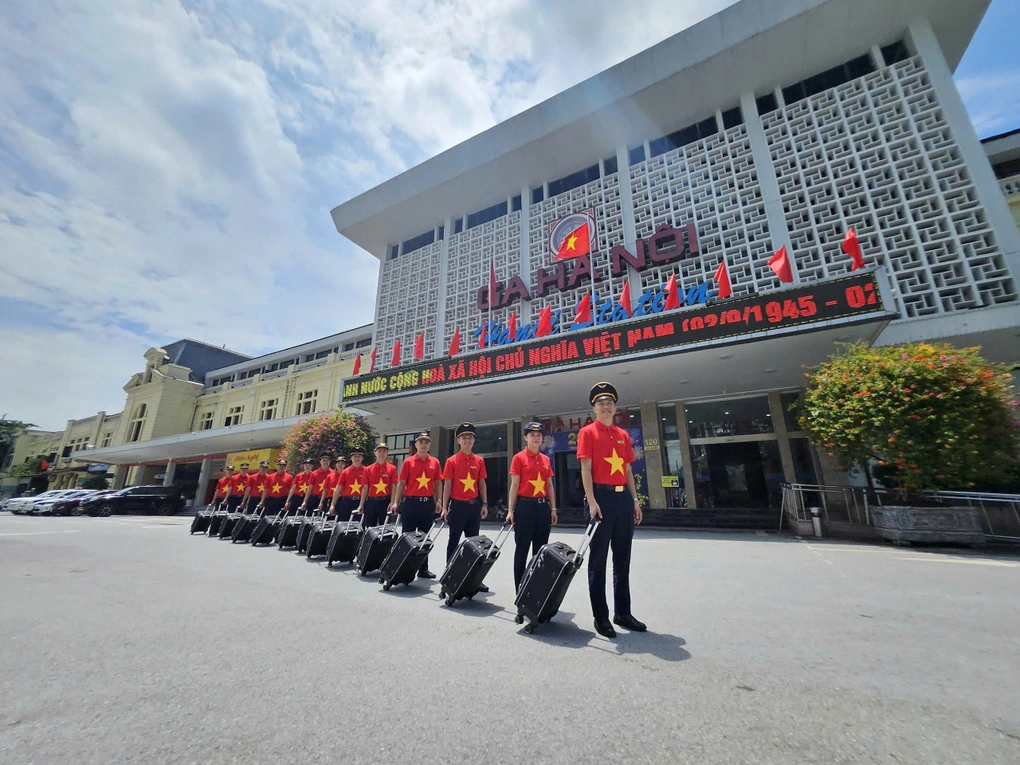
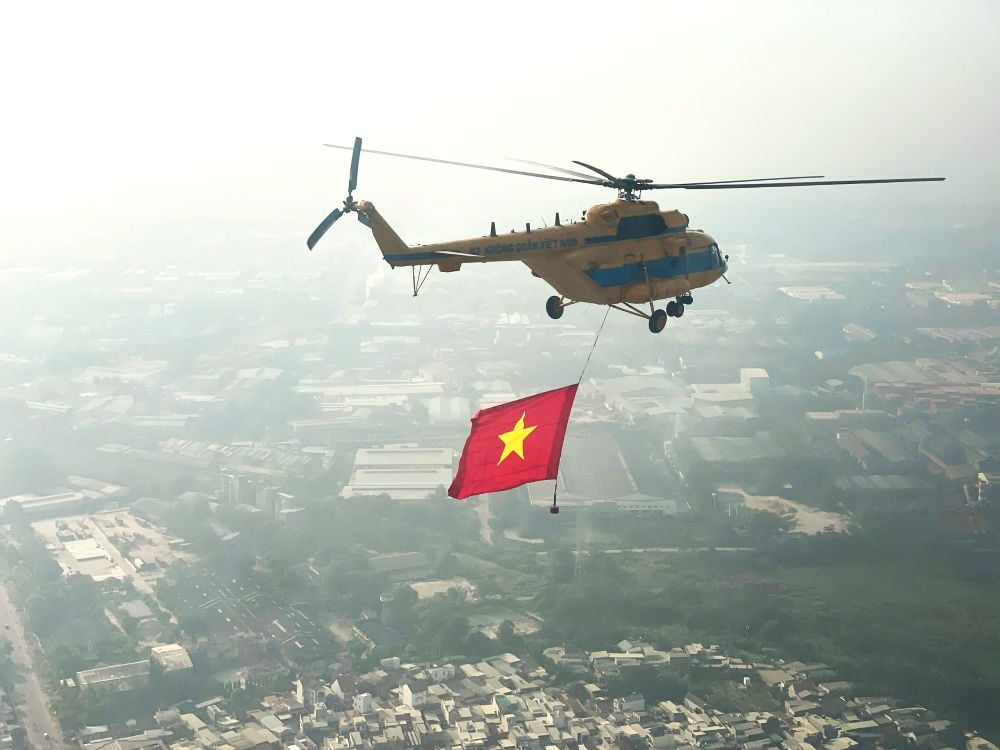

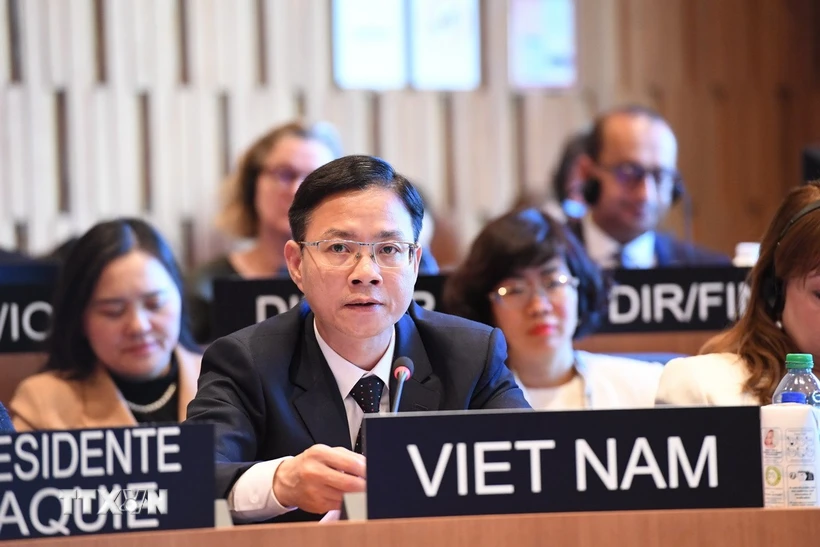
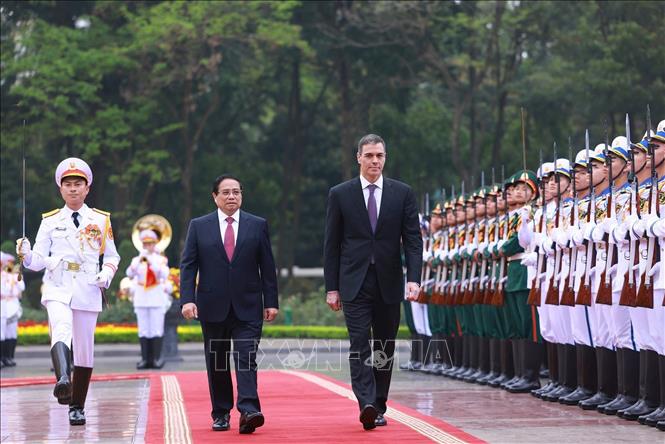




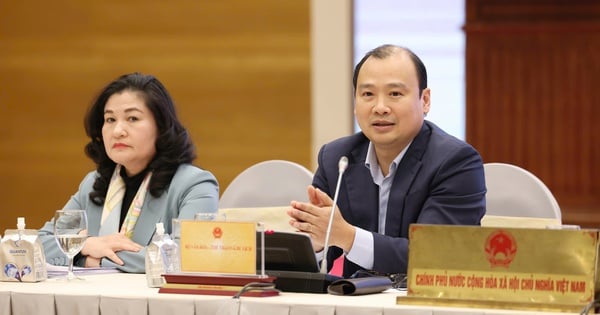





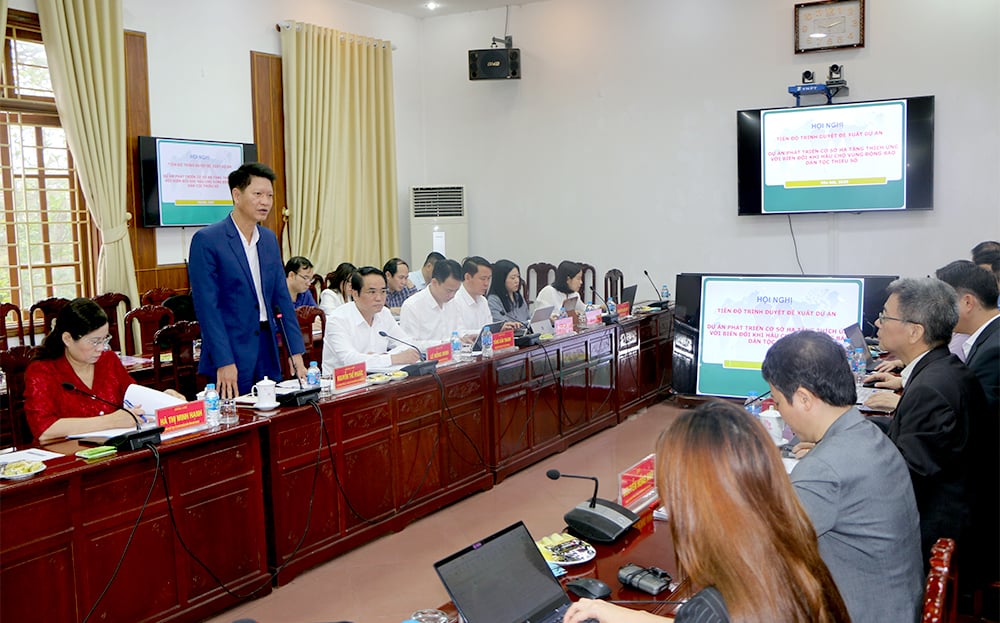
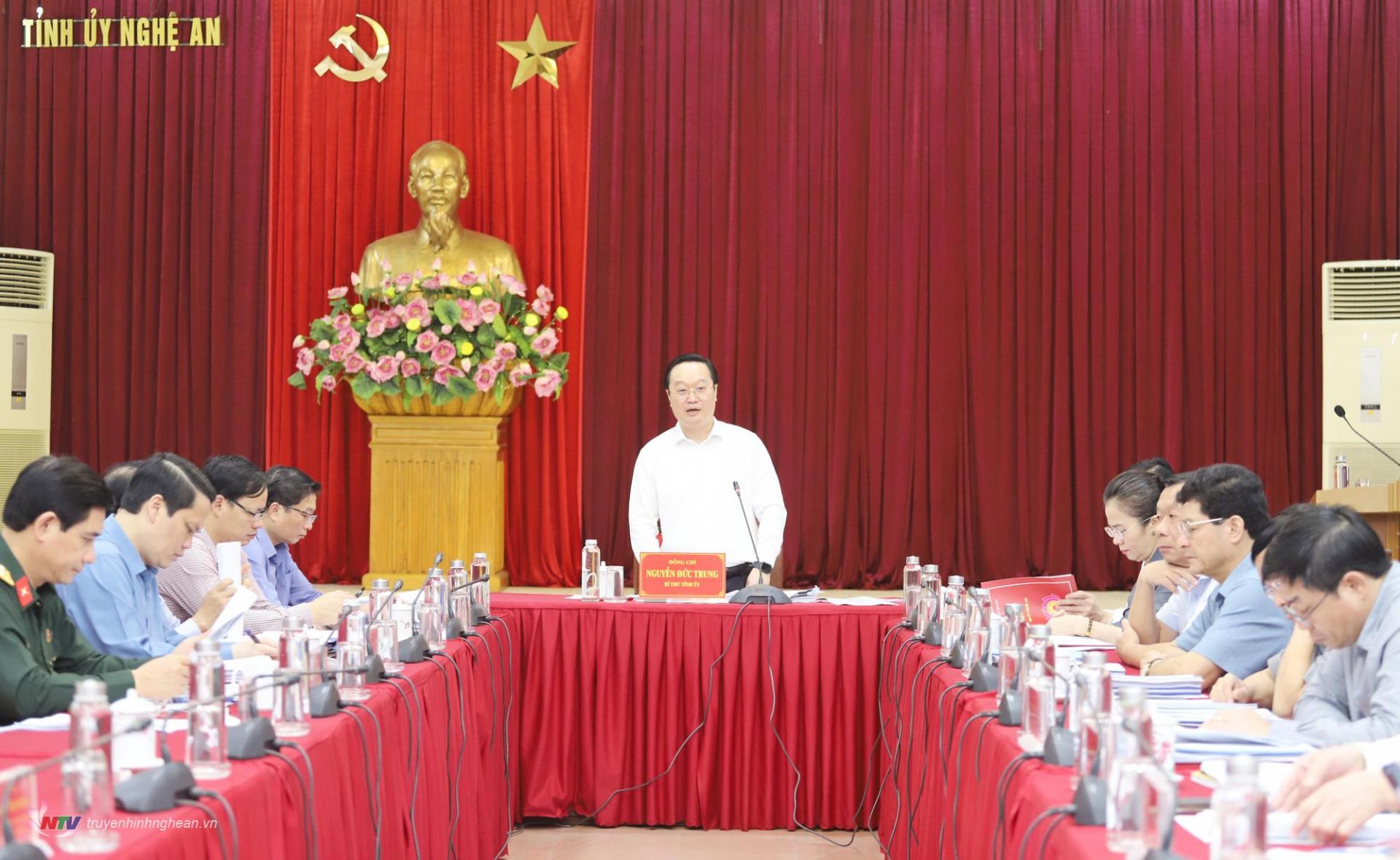

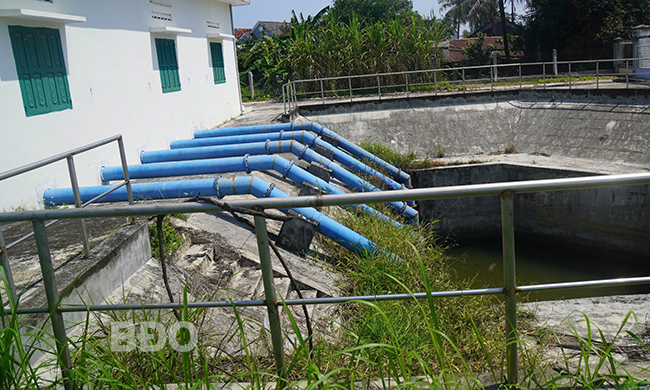
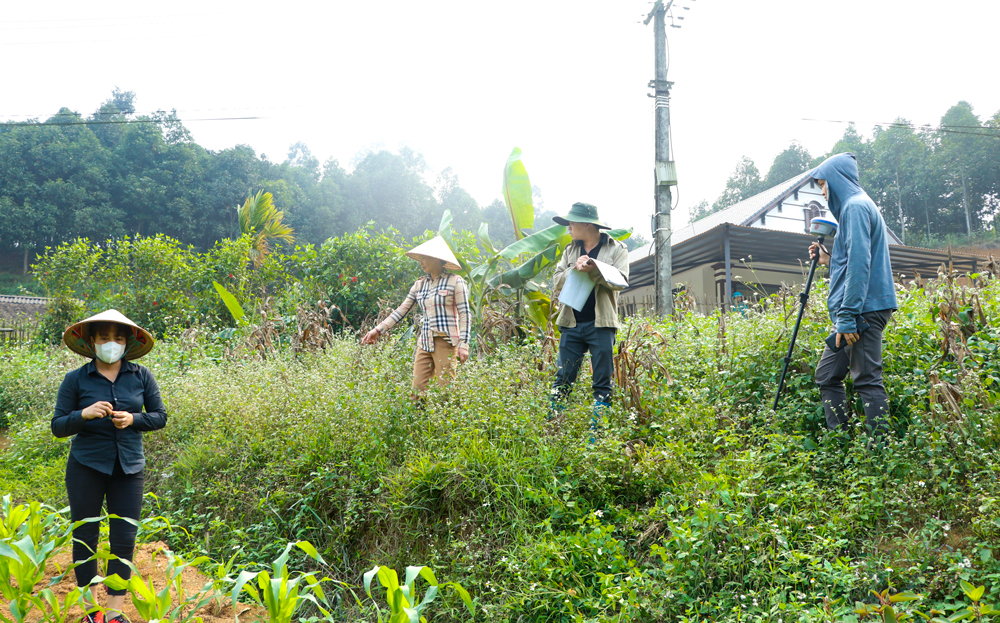



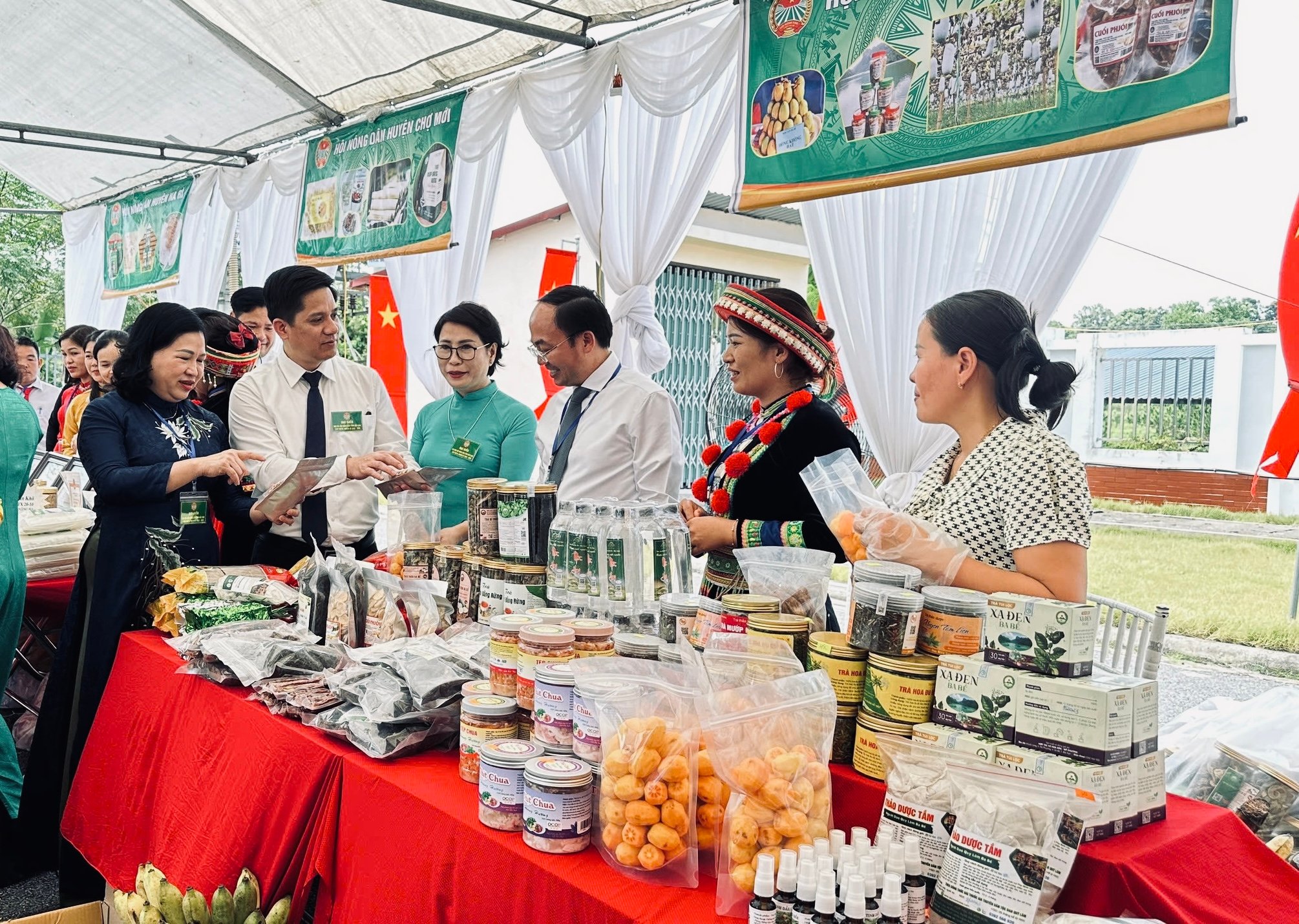
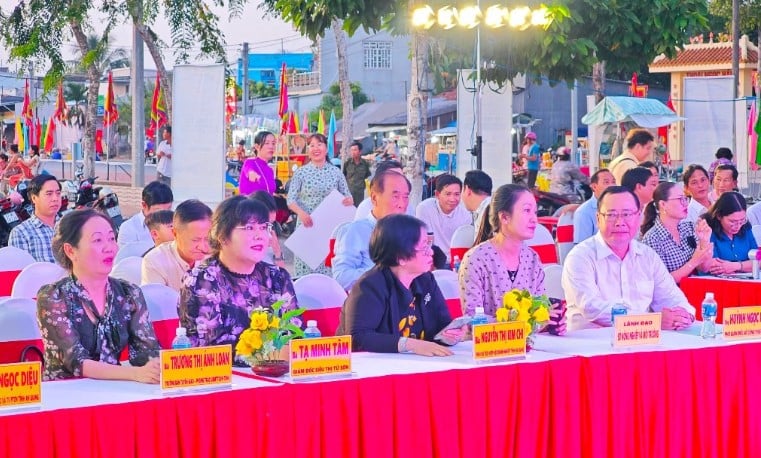

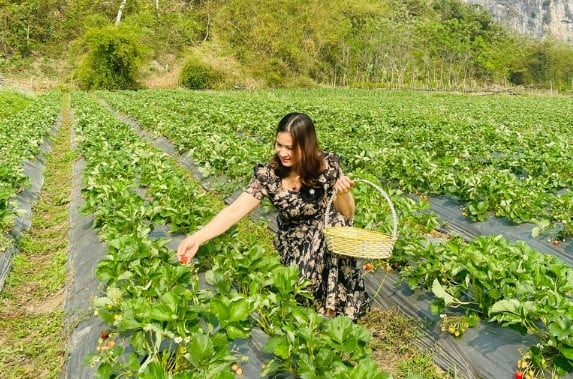

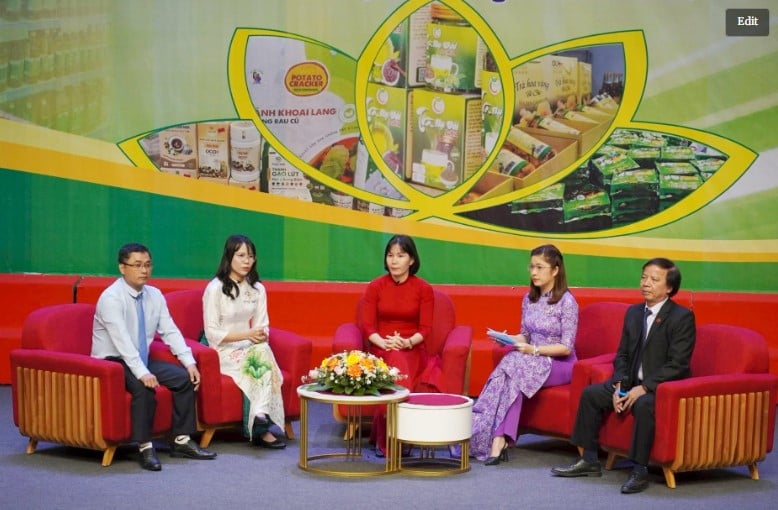

Comment (0)